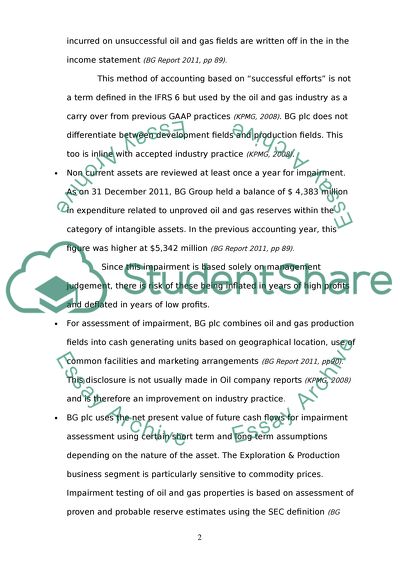Cite this document
(“BG Group plc Accounting Coursework Example | Topics and Well Written Essays - 2000 words”, n.d.)
Retrieved from https://studentshare.org/finance-accounting/1618831-bg-group-plc-accounting
Retrieved from https://studentshare.org/finance-accounting/1618831-bg-group-plc-accounting
(BG Group Plc Accounting Coursework Example | Topics and Well Written Essays - 2000 Words)
https://studentshare.org/finance-accounting/1618831-bg-group-plc-accounting.
https://studentshare.org/finance-accounting/1618831-bg-group-plc-accounting.
“BG Group Plc Accounting Coursework Example | Topics and Well Written Essays - 2000 Words”, n.d. https://studentshare.org/finance-accounting/1618831-bg-group-plc-accounting.


